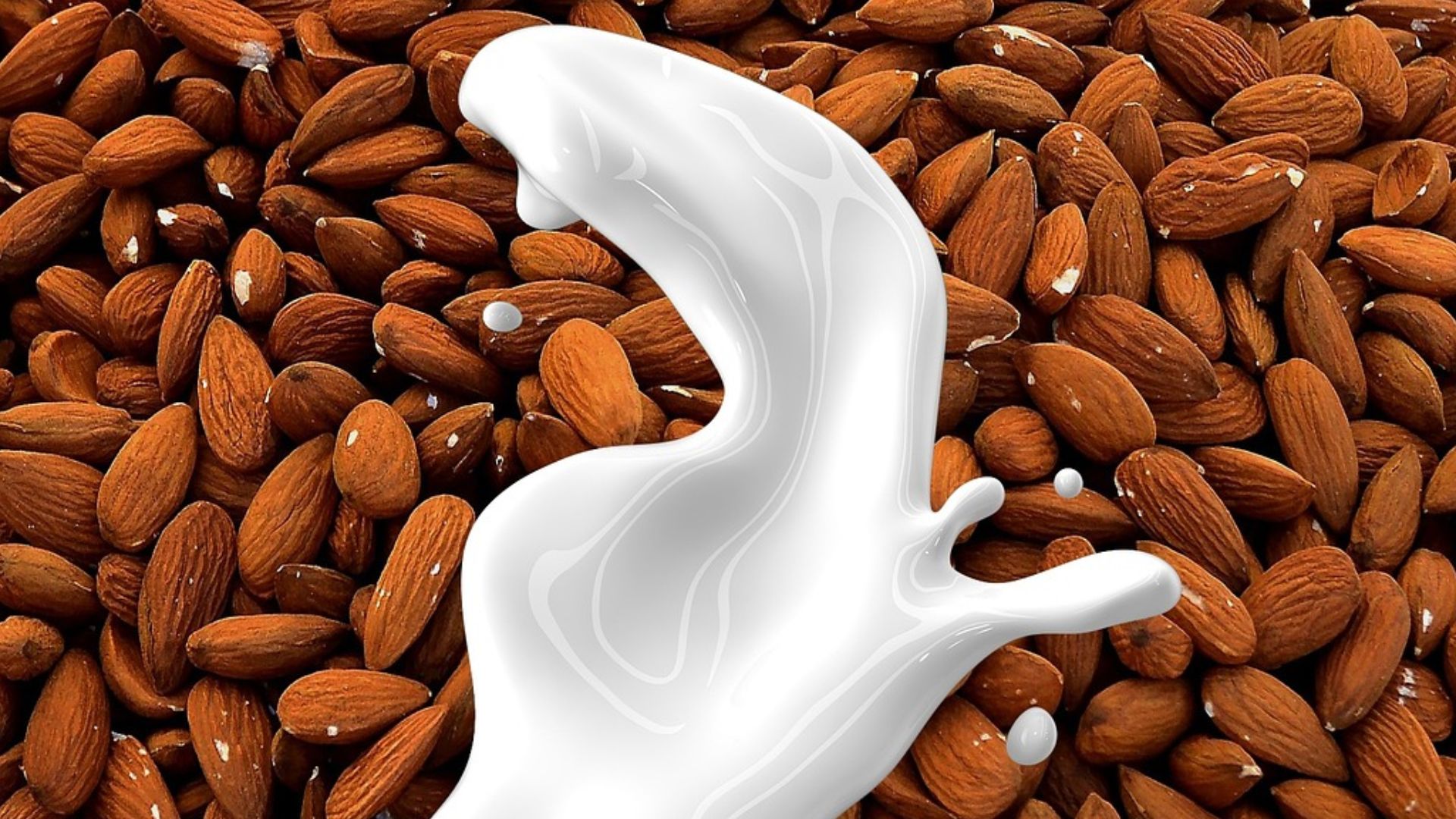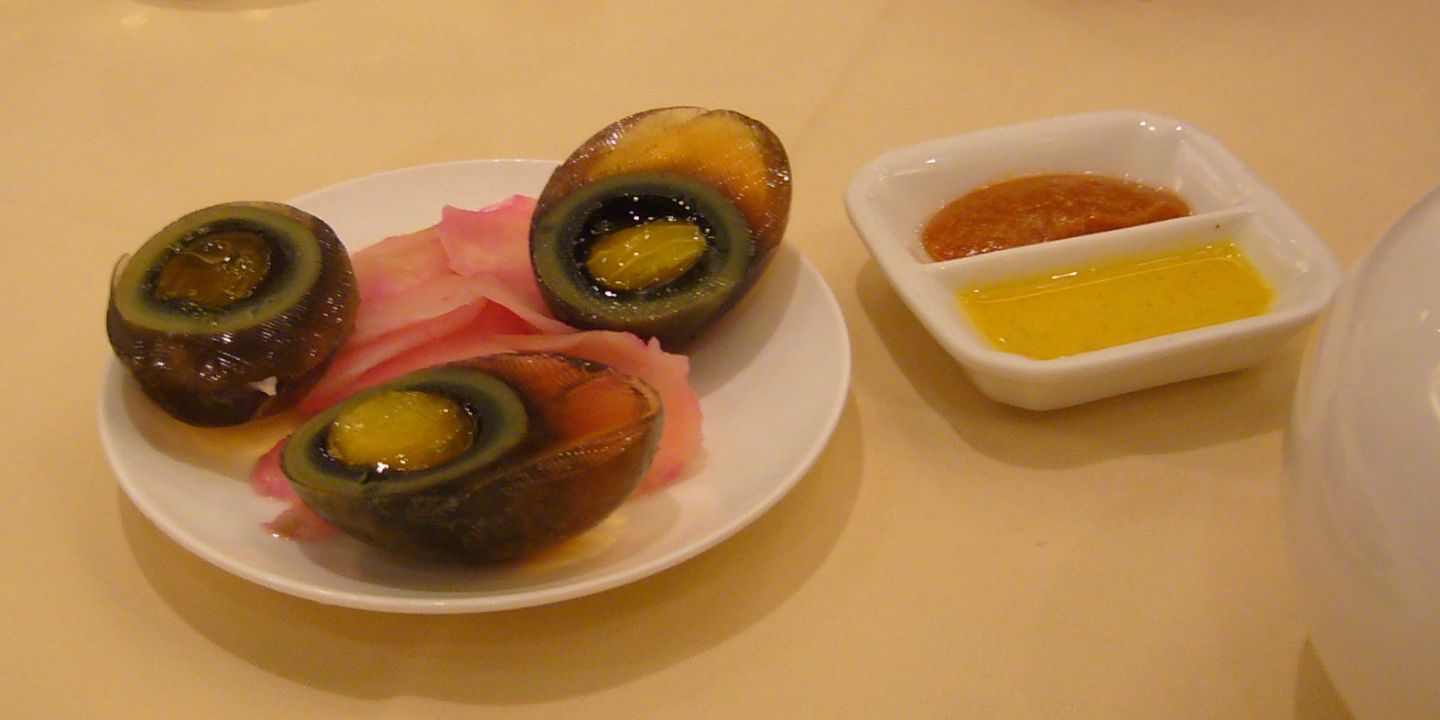Some foods and drink simply feel so modern that it's impossible to imagine them existing in any era other than our current one. Almond milk is one such example. While almond milk feels like something that spawned into existence in coffee shops in 2014, it's actually been around for hundreds of years!
Prior to the invent of refrigeration, cow's milk (or sheep's, or any other animal you can milk) was a little bit of a gamble to say the least. Fresh milk had a relatively short shelf life. With no way of keeping it cold over time, you had to use and consume it within hours.
Medicinal & Delicious
The same could not be said of almond milk. As with other plant-based milks, almond milk has a longer shelf life than fresh milk. Medieval people could make a batch of almond milk and use it over a few days.
The earliest recipe for almond milk comes from a 1226's The Book of Dishes by Muhammad bin Han al-Baghdadi. Almonds are native to West Asia and were expensive to import, so it's no surprise that the first recipe for almond milk is Iraqi.
Gradually, almonds made their way to Europe. There, they were enjoyed by the aristocracy. Edward II of England allegedly went through 40,000 pounds of almonds in two years!
Almond milk had a variety of uses in the Middle Ages. Medical texts recommended for those suffering from shortness of breath, headaches, and hangovers, while cookbooks used it to thicken broths and porridges. This almond milk was far thicker than the milk of today—closer to a slurry than something you would drink.
Fancy Fasting
However, the most popular use for almond milk was for religious observance. It wasn't used as a sacrifice like the Ancient Greeks did. Instead, it was used for fasting days.
The overwhelming majority of Medieval Europe was Catholic, which meant two major periods of fasting: Advent and Lent. They also had regular fasting days throughout the year: Wednesday, Friday & Saturday. This evens out to about half a year of fasting.
Not all fasting days were alike. Black Fasts meant no food or water until sunset, and then only vegetarian meals. Other fasts were more lenient, prohibiting only the consumption of animal products.
Milk and butter, being animal products, were out. Plant-based milks, such as almond milk, were in.
Making almond milk was much more time-consuming and expensive than it is today. Essentially, nobility used almond milk to observe their fasts in the most expensive and ostentatious way possible. They could afford to replace cow's milk or meat broth with almond milk and used it at every opportunity.
From Aristocratic Delicacy To Beloved By Baristas
Almond milk's popularity wasn't solely limited to fasting substitutions. From the mid-1300s, cookbooks included almond milk more frequently than cow's milk, often alongside meat dishes. Although, it's important to remember that these cookbooks were only accessible to those who could read, excluding large swaths of the population.
In addition to being used as a thickener and hangover remedy, almond milk was also popular in butter, eggs (the yolks were colored yellow with saffron), puddings, and custards. The most popular Medieval dish to use almond milk is one that is still enjoyed today: Blancmange! Albeit, today's blancmanges are far easier to make.
Oh and, for the record, fish were allowed on meatless days as they were cold-blooded. So the average diet for large portions of the year would have been fish and almond based. Not a combination you see much today.










